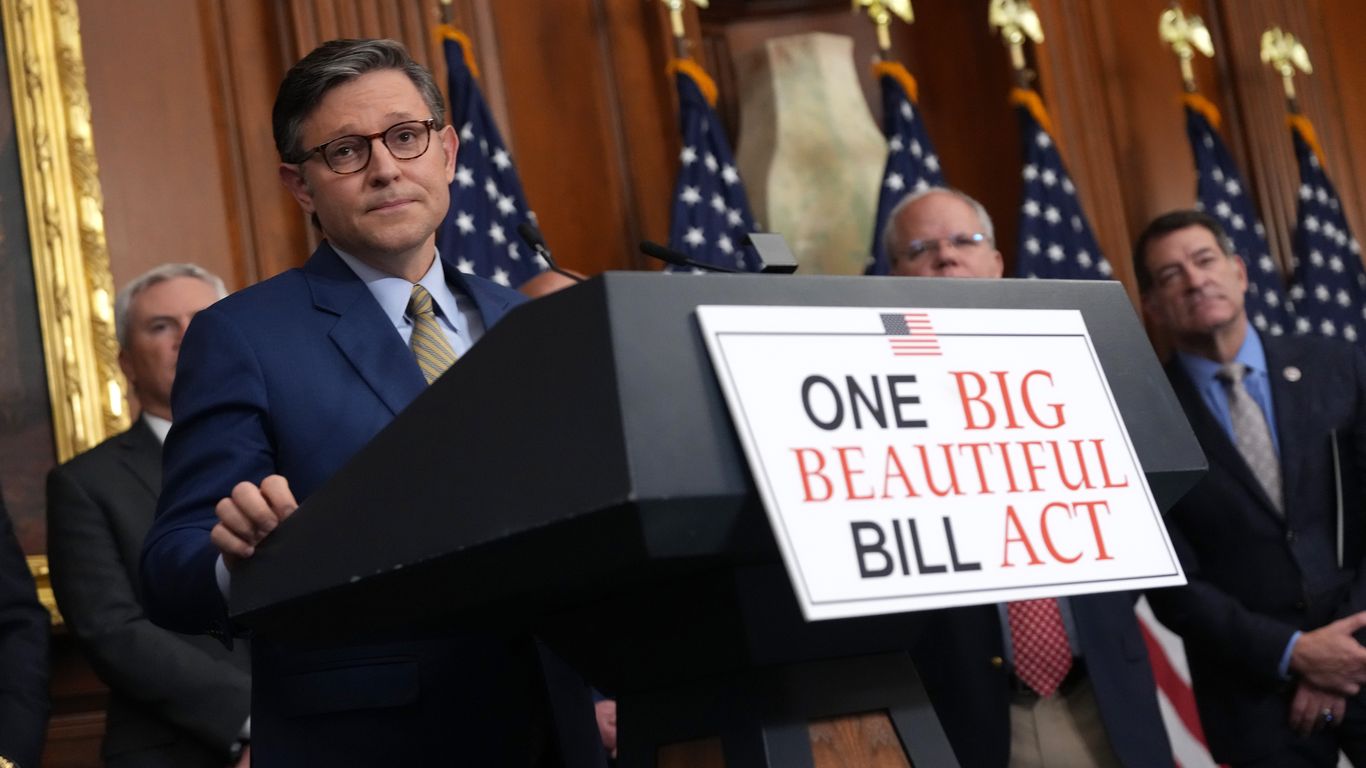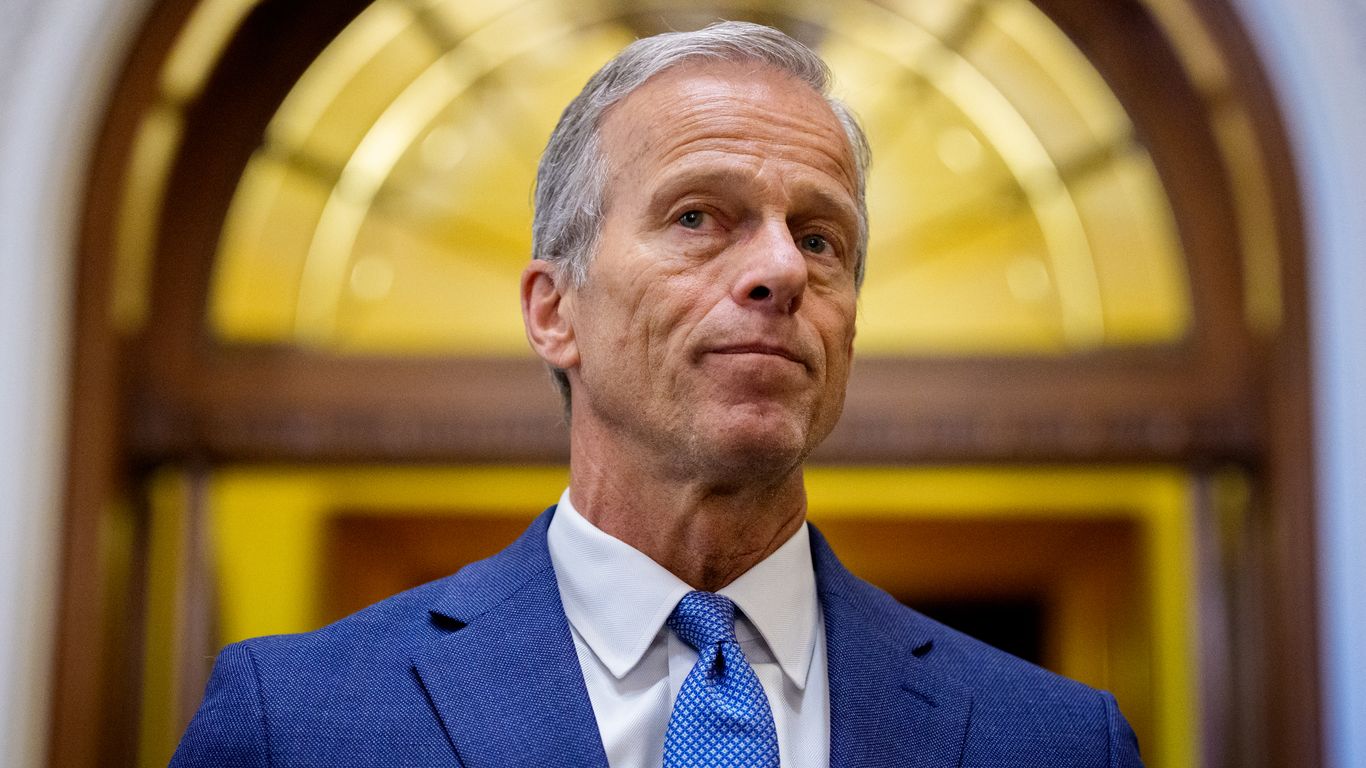Amidst the political fervor surrounding former President Trump’s “big, beautiful bill,” a sprawling 940-page legislative text hastily assembled, critical provisions lie hidden beneath the surface, poised to significantly reshape the daily economic landscape for millions of Americans. Experts across the spectrum have voiced alarm over the unprecedented speed of its deliberation, asserting that such a breakneck pace inevitably obscures crucial details and potential long-term consequences. “This is not normal,” remarked Harris Eppsteiner, associate director of economic analysis at the Yale Budget Lab, highlighting the deviation from standard legislative processes designed for careful policy development and economic growth. The true economic impact of this comprehensive legislation demands a closer look beyond its headlines.
One notable, yet overlooked, change within the new legislation directly impacts the gambling community. Beginning in 2026, and made permanent, the bill allows gamblers to deduct an amount equal to 90% of their losses against their winnings for tax purposes. While seemingly beneficial, this provision introduces a significant caveat: a hypothetical gambler winning $100,000 but losing an equal amount would still face taxes on $10,000 of income. Garrett Watson, director of policy analysis at the Tax Foundation, underscored this concern, stating, “Even if you break even, you’ll still have a tax liability under this proposal.” The repercussions could be profound, with professional poker player Phil Galfond suggesting this amendment could “end professional gambling in the US and hurt casual gamblers,” creating scenarios where tax liabilities might even exceed net earnings.
Beyond the gaming tables, the bill introduces a notable shift in charitable giving incentives, broadening the scope for tax deductions. Under existing law, only taxpayers who itemize their deductions can claim charitable contributions. However, the new bill permits individuals taking the standard deduction to deduct up to $1,000 for single filers and $2,000 for joint filers from their charitable donations. As most Americans opt for the standard deduction, this change expands the accessibility of this tax benefit. Watson highlighted the widespread potential, noting, “Many people give at least some things during a year that could qualify.” This provision offers a tangible incentive for widespread philanthropy, allowing more citizens to reduce their taxable income and ultimately their tax liability.
The automotive sector also sees an intriguing, albeit limited, provision with the inclusion of an auto loan interest deductible. Until its expiration in 2028, some taxpayers could deduct up to $10,000 of annual interest paid on new auto loans. Crucially, this benefit applies only to new vehicles assembled in the United States, excluding used cars. However, the practical economic impact of this deduction has been largely downplayed by market analysts. Jonathan Smoke, chief economist at Cox Automotive, projected modest savings of approximately $500 on an average new loan, remarking that the benefit “essentially is not even what a single monthly payment turns out to be” when considering an average annual interest payment of around $3,000.
Of significant concern for everyday households is the bill’s anticipated effect on electricity bills. The legislation phases out existing tax credits for solar and wind energy projects, a move expected to decelerate renewable energy development and, consequently, lead to higher consumer prices for electricity. This development coincides with an escalating demand for power, driven by the proliferation of artificial intelligence and data centers. Natasha Sarin, president and co-founder of the Budget Lab at Yale, warned that consumers “are going to face higher electricity” rates. While some Republicans contend that increased generation over time will stabilize and eventually lower prices, immediate economic forecasts point to rising utility costs as a direct consequence of this shift in energy policy.
Consumer protection measures face a severe blow under the new legislation, with funding for the Consumer Financial Protection Bureau (CFPB) slashed by approximately half. The CFPB, a relatively small agency, has been instrumental in safeguarding American consumers from predatory practices by large corporations, having returned billions of dollars to individuals over its decade-long existence. This drastic cut threatens hundreds of job losses and severely undermines the agency’s capacity to continue its vital work. Chuck Bell, advocacy program director at Consumer Reports, issued a stark warning: “Consumers will be more likely to fall victim to shady financial industry practices, hidden fees, and other scams because of this devastating budget cut.” This reduction in oversight poses a substantial risk to financial well-being.
These under-the-radar elements of Trump’s “big, beautiful bill” underscore the complex and far-reaching implications embedded within its pages. From shifts in tax obligations for gamblers and new incentives for charitable giving, to modest automotive deductions and potentially higher electricity costs, the legislation’s less-publicized provisions are poised to exert a tangible economic impact on diverse segments of the American populace. The substantial cut to the Consumer Financial Protection Bureau further highlights a significant reorientation of governmental priorities. As this legislation moves forward, understanding these nuanced changes is paramount for citizens navigating its broad economic landscape and preparing for its inevitable effects.






